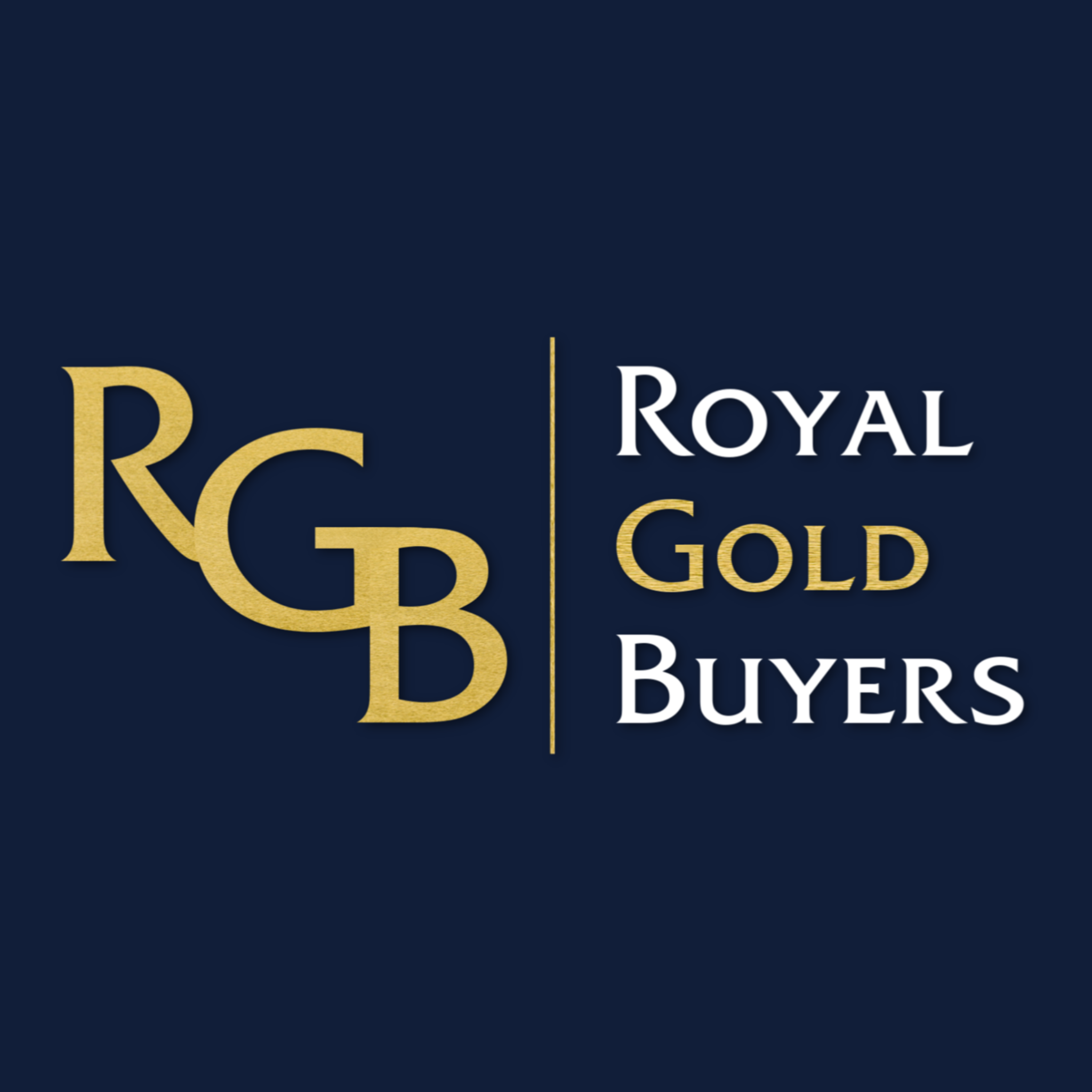Ensuring Precious Metal Quality Via Efficient Certification Processes
Ensuring Precious Metal Quality Via Efficient Certification Processes
Blog Article
Gold is one of the highly sought-after precious elements in the world. Its worth is not only based on its beauty but also on its scarcity and the various applications it has in different sectors. However, ensuring the standard of gold is crucial for buyers and vendors alike. This is where effective verification practices come into effect. Certification helps to validate the purity and genuineness of gold, giving both buyers and investors confidence in their acquisitions.
The process of validating gold involves several phases. Initially, the gold must be tested for its fineness, which is usually measured in carats. Pure gold is 24 karats, but gold is frequently mixed with other elements to enhance its strength and look. Testing can be performed through various methods, such as acid tests or X-ray fluorescence, which provide precise readings of the gold content. Once the testing is finished, a certification body can provide a report that validates the gold's standard, ensuring that purchasers know exactly what they are getting.
Certification not only protects consumers but also helps maintain the credibility of the gold market. Trusted certification organizations establish rigorous standards that gold must satisfy before it can be Find Out More validated. These standards include ethical sourcing, meaning that the gold should be acquired in a way that does not damage the ecosystem or unfairly use workers. By adhering to these standards, certified gold promotes ethical mining practices and supports eco-friendliness in the industry.
Another important aspect of gold certification is traceability. Many buyers today are curious in knowing where their gold comes from and how it was produced. Certification methods often include a tracking system that traces the gold from source to market. This clarity is vital in building trust between purchasers and sellers. When consumers know the source find more information of their gold, they can make educated decisions, and this can lead to increased interest for responsibly sourced products.
In summary, efficient certification methods play a vital role in guaranteeing gold quality. They provide assurance to buyers about the purity and genuineness of their acquisitions, while also promoting responsible and sustainable practices within the gold sector. As the demand for gold continues to grow, maintaining high criteria through certification will be crucial for fostering trust and credibility in the market. By backing certified gold, consumers can contribute to a more ethical and transparent sector.